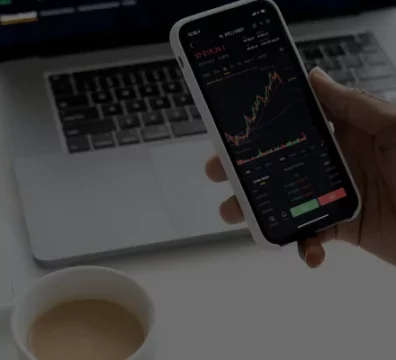Essential Principles for Consistent Profits and Account Protection
Ask any seasoned trader what separates professionals from blown-up beginners, and the answer isn’t a magic strategy—it’s risk management.
You can have the perfect entry. You can be right about direction. But if you risk too much, size trades randomly, or trade without a stop—your account will eventually vanish.
Trading without risk management is gambling. Trading with it is a business.
The Reality of Trading Without Risk Management
How Beginners Blow Accounts
Most traders don’t lose slowly—they blow up fast. A single oversized trade, or a series of losses without stops, can wipe out months (or years) of capital in days.
Emotional Chaos From Random Sizing
Without a plan, traders size trades based on emotion: doubling down after losses, or going huge when “confident.” The result is inconsistency, chaos, and emotional rollercoasters.
Why Being Right on Direction Isn’t Enough
Ever nailed the direction, only to still lose? That’s bad sizing. If you risk too much on one trade, even correct calls can damage your account.
The Core Principles of Risk Management
The 1-2% Rule
A golden rule: never risk more than 1–2% of your account on a single trade. This ensures no single mistake destroys your future.
Stop Losses Define Risk
Stop losses aren’t optional. They define risk upfront, prevent catastrophic losses, and let you sleep at night.
Risk/Reward Ratios and Expectancy
Good traders think in ratios. A 1:2 risk/reward setup means you can lose half the time and still grow your account.
Position Sizing Explained Simply
Fixed Fractional Method
Risk a fixed % of your account per trade. For example: 1% of a $5,000 account = $50 risk. Position size is calculated from stop distance.
Volatility-Adjusted Sizing
Markets aren’t equal. Futures and crypto can move wildly. Adjust size to volatility so every trade carries similar risk, regardless of instrument.
Avoiding Inconsistent Bet Sizes
Trading $5,000 on one trade and $500 on another with no logic is gambling. Consistency builds stability.
Building a Risk Management Plan
Daily and Weekly Max Loss Limits
Set a cutoff: if you lose 3% in a day or 6% in a week, stop trading. Protecting mental capital is just as important as protecting money.
Setting Leverage Boundaries
Leverage multiplies both gains and losses. Define clear leverage limits, especially in forex and crypto, where platforms tempt you with 50x or 100x.
Defining Rules Before Every Trade
Write risk rules into your trade plan. That way, decisions aren’t made in the heat of the moment.
Tools and Technology That Help
Risk Calculators and Scripts
Don’t “eyeball” trade size—use calculators. Many platforms have built-in tools to calculate correct lot or contract size based on account risk.
Journaling to Enforce Discipline
Recording every trade with risk metrics builds accountability. Over time, you’ll see patterns in mistakes and eliminate them.
The Professional Mindset Around Risk
Thinking in Probabilities
Pro traders don’t focus on a single trade—they think in terms of 100 trades. Losses are part of the game, but controlled risk ensures survival.
Focusing on Account Survival
The first rule of trading isn’t to make money—it’s don’t lose it all. Capital preservation is the foundation of long-term success.
Why Capital Preservation Beats Quick Gains
Quick gains feel exciting, but steady compounding is what builds wealth. Risk rules make that compounding possible.
Conclusion: Protect First, Profit Second
Without risk management, even the best strategy will fail. With it, even an average strategy can survive long enough to be refined into something great.
Risk management is what separates hobbyists from professionals. It’s your shield against wipeouts and your pathway to consistency.
If you want tools that help you enforce discipline, FxScripts offers a system for TradingView that teaches where to set your stop loss and take profit so your PnL stays protected and your risk structured.
Because in trading, survival isn’t just half the game—it’s the whole game.
